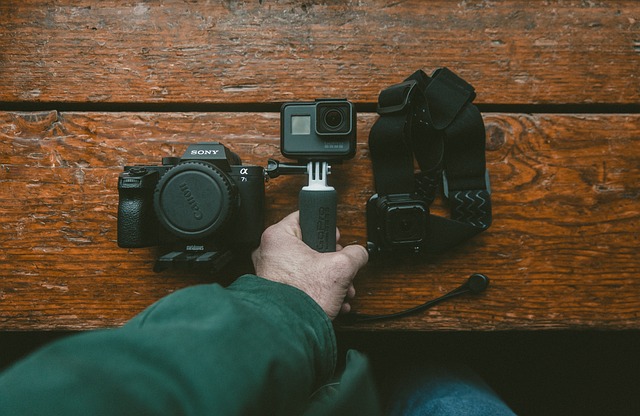When it comes to photography, the difference between an average shot and a breathtaking masterpiece often lies in one crucial element: optics. For the pro photographer, understanding the intricacies of lenses and how they interact with various camera settings can elevate your work to new heights. This guide delves into the art of mastering optics, providing essential tips that will help you capture stunning photos.
Every pro photographer will tell you that the heart of photography is light, and how it is manipulated through lenses can make or break an image. The choice of lens affects the depth of field, perspective distortion, and overall sharpness of your photos. For instance, a prime lens with a wide aperture is perfect for creating that beautiful bokeh effect, allowing the subject to pop against a softly blurred background. Conversely, using a wide-angle lens can help in capturing expansive landscapes, making your viewer feel immersed in the scene.
The importance of knowing your camera settings can’t be overstated. A pro photographer must be intimately familiar with aperture, shutter speed, and ISO, as these settings work in harmony with your chosen lens to create the perfect shot. Understanding how to balance these three pillars of exposure will enable you to take control of your photography, rather than allowing the camera to dictate the final output.
Furthermore, each lens has its unique character. Some lenses might produce warmer tones, while others may exhibit cooler hues. Experimenting with different optics allows you to discover your stylistic preferences, shaping your signature photographic voice. When you find the right lens for your creative vision, it enables you to convey emotions and stories through your images, resonating deeply with your audience.
Lighting conditions also play a vital role in the effectiveness of your lens choice. A pro photographer learns to adapt to various environments, using natural and artificial light to enhance their images. When working in low-light conditions, for example, a lens with a larger maximum aperture can be invaluable. It not only allows more light to enter the camera but also helps achieve faster shutter speeds, reducing the likelihood of motion blur.
In addition to technical knowledge, a pro photographer thrives on creativity. Engage with your surroundings, and don’t be afraid to experiment. Change your perspective and get low to the ground or climb to a higher vantage point. The world offers countless compositions waiting to be captured, and the right lens can help you transform a mundane scene into a visually stimulating photograph. Use your lens to tell a story, highlighting intricate details that might otherwise go unnoticed.
Finally, post-processing is an integral aspect of modern photography that can further enhance your work. The right software paired with your stunning captures allows you to fine-tune colors, sharpness, and overall aesthetics. Knowing how your lens performs in different scenarios can guide your editing decisions, ensuring the final image reflects your original vision.
By mastering optics and understanding how to leverage them effectively, a pro photographer has the power to create incredible imagery that resonates with viewers. Embrace the magic of light and lenses, and watch as your photography transforms into a captivating art form.




